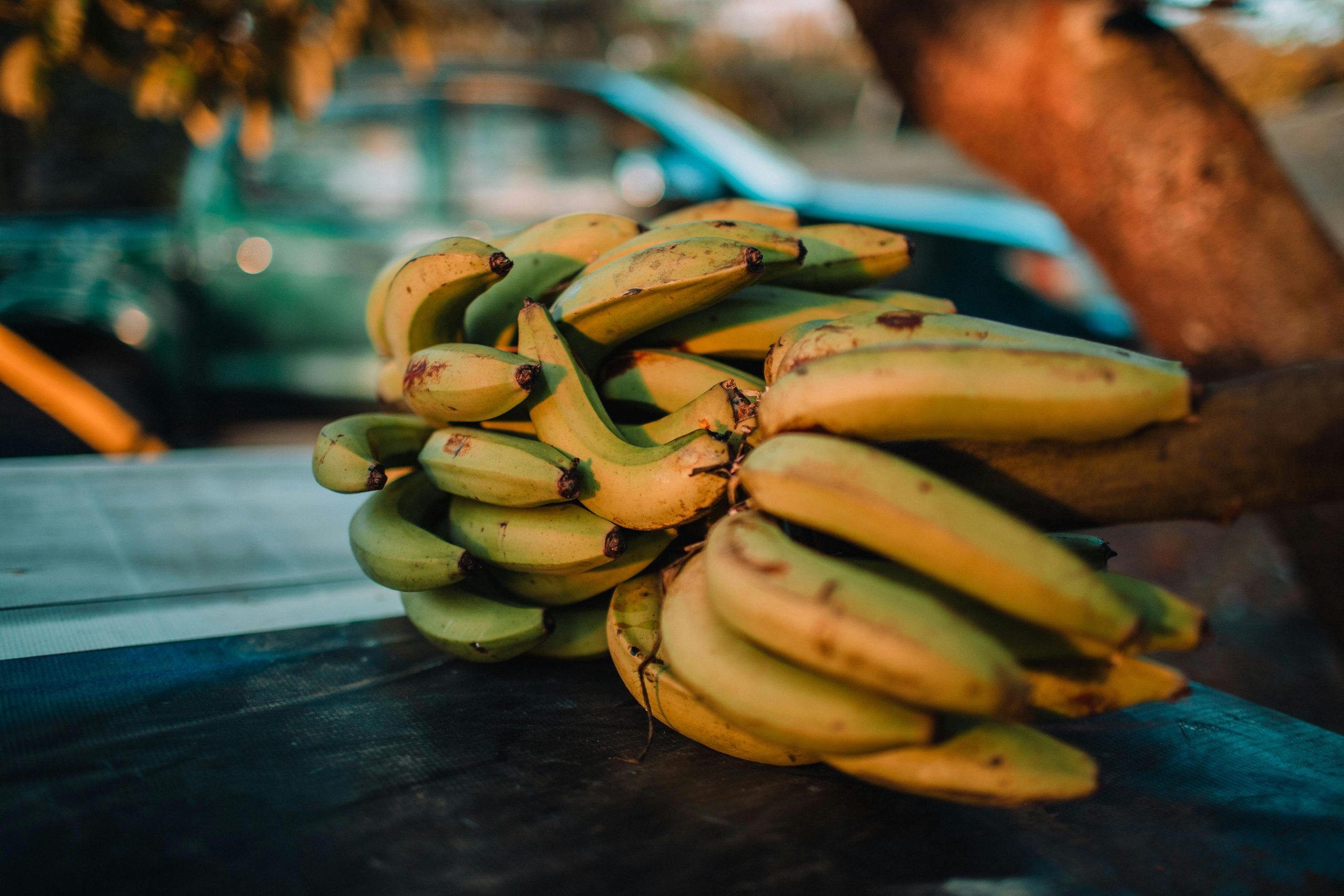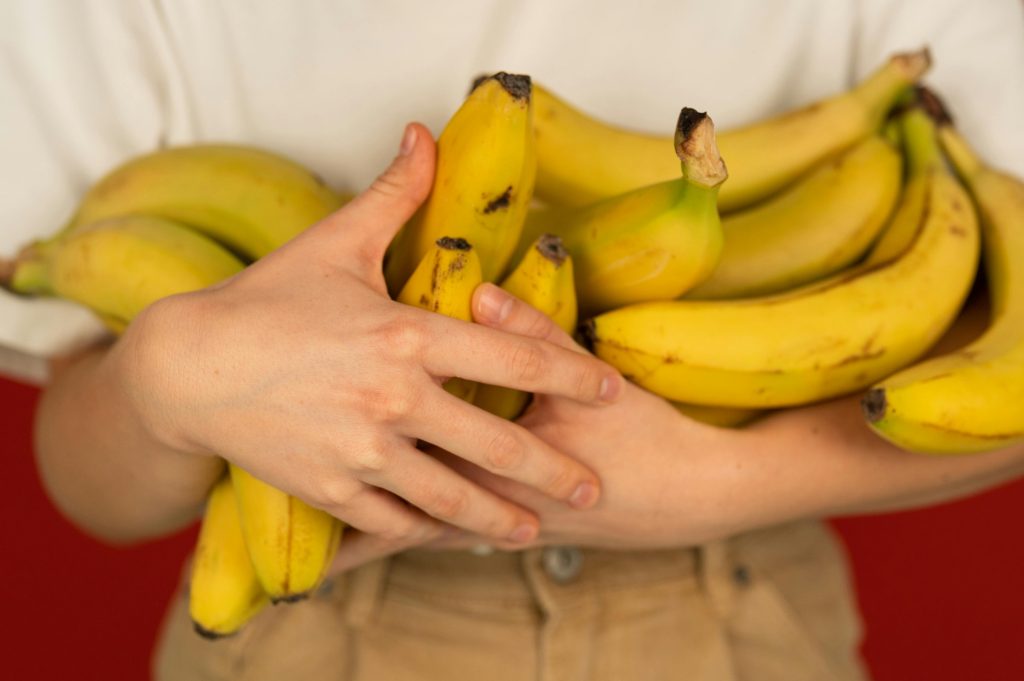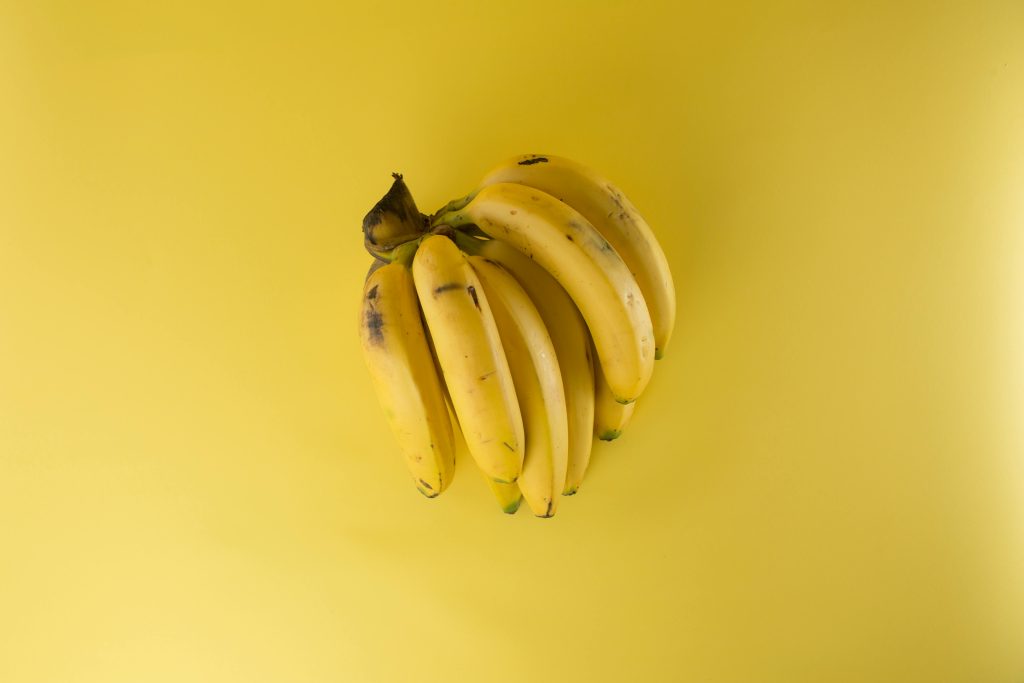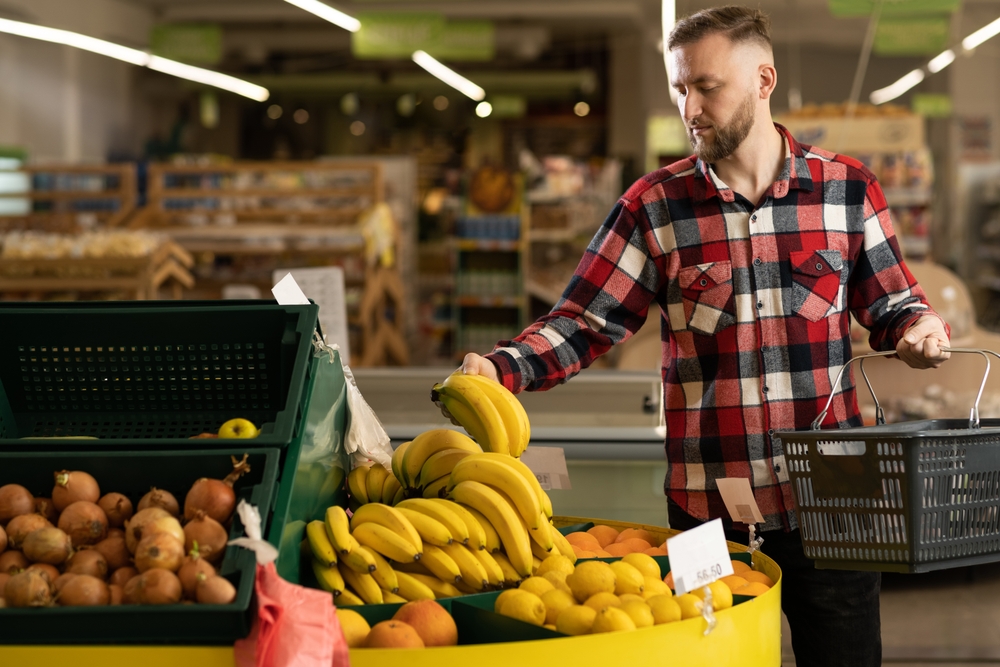Your cart is currently empty!
Overripe Bananas Could Help Fight Cancer Naturally

It’s one of the simplest sights in any kitchen: a banana ripening quietly on the counter, its yellow skin freckling into brown. But that fading fruit might be hiding a surprisingly potent secret. Scientists are uncovering evidence that certain compounds formed as bananas ripen could help the body resist some of the most dangerous cancers. What began as a humble dietary study two decades ago has blossomed into a fascinating field of cancer-prevention research one that now ties everyday foods to measurable, long-term protection.
At the heart of the story lies a starch that resists digestion, aptly named resistant starch. Found in green bananas, oats, pasta, and beans, this type of carbohydrate slips past the small intestine and ferments in the large one, nourishing beneficial gut bacteria. In doing so, it may alter the balance of bile acids in the digestive system, reducing the production of substances known to damage DNA. And here’s where the intrigue deepens: when bananas ripen and those starches convert into sugars, other compounds appear bioactive molecules, antioxidants, and perhaps even immune-stimulating factors that could, under the right conditions, slow or block cancer cell growth. Science hasn’t crowned bananas a miracle fruit, but what it has found so far is difficult to ignore.
A Global Study With Unexpected Results
In one of the most compelling long-term trials in nutritional science, nearly 1,000 people with Lynch syndrome a genetic condition that sharply increases the risk of certain cancers participated in a study known as the CAPP2 trial. Conducted by teams from the University of Leeds and Newcastle University, the trial followed patients for two decades, testing whether a daily dose of resistant starch could prevent cancers from developing. The participants were divided into two groups: one received 30 grams of resistant starch per day (roughly equivalent to the starch in one green banana), while the other received a placebo powder.
After two years of supplementation, early results seemed underwhelming there was no immediate reduction in bowel cancers, the main concern for Lynch syndrome patients. But science is often a patient observer. A decade later, when researchers checked national cancer registries, the findings shocked them: those who had taken resistant starch showed more than a 50 percent reduction in cancers of the upper digestive tract the oesophagus, stomach, pancreas, and biliary system compared to those who had not. Even more astonishingly, the protective effect lingered for years after participants stopped taking the supplement. It was as if the gut itself had learned a new defensive habit.
Professor John Mathers of Newcastle University, one of the study’s leaders, explained that the protective effect was most pronounced in regions of the gut where cancers are notoriously hard to detect early. “Resistant starch reduces a range of cancers by over 60 percent,” he said. “The effect was most obvious in the upper part of the gut. That’s important because cancers there are difficult to diagnose and often aren’t caught early on.”
What’s Really Happening Inside That Banana

To understand why bananas green, yellow, or spotty brown might matter so much, it helps to look closer at their changing chemistry. In their early, unripe state, bananas are rich in resistant starch, which functions much like a dietary fibre. This starch doesn’t fully digest; instead, it ferments in the large intestine, producing short-chain fatty acids that help regulate inflammation, improve insulin sensitivity, and support the growth of protective gut microbes.
As the banana ripens, enzymes break down that starch into simpler sugars, making the fruit softer and sweeter. But this chemical transformation doesn’t just alter taste it also triggers the appearance of new bioactive compounds, including polyphenols, flavonoids, and antioxidant molecules. According to a comprehensive review of banana phytochemicals published in 2023, these compounds can interfere with cancer pathways in a variety of ways: some inhibit the growth of tumour cells in laboratory conditions, others promote programmed cell death (apoptosis), and several appear to suppress inflammation a known precursor to many forms of cancer.
Certain studies have even pointed toward a specific immune mechanism. Japanese researchers decades ago noted that tumour necrosis factor (TNF) a naturally occurring protein that helps the immune system target and destroy malignant cells was found at higher activity levels in association with ripe bananas. While later reviews caution against overinterpreting these results, the notion sparked years of additional inquiry into how banana-derived compounds might influence immune responses. Whether through resistant starch or antioxidant molecules, the message emerging from multiple lines of research is consistent: bananas seem to help the body create conditions that make it harder for cancers to thrive.
How the Gut Becomes a Defense System

The idea that a simple fruit could trigger cancer resistance may sound improbable, but the biology makes sense. The gut is one of the body’s most powerful immune hubs a dense ecosystem of bacteria, enzymes, and immune cells. Resistant starch, by feeding beneficial gut microbes, helps them produce substances like butyrate, a short-chain fatty acid that regulates inflammation and supports the integrity of the gut lining. A healthier gut microbiome may reduce DNA-damaging bile acids that can accumulate with high-fat diets or poor digestion.
Researchers believe this microbial shift is part of the explanation behind the CAPP2 trial’s success. By altering the bacterial metabolism of bile acids, resistant starch might help prevent the chronic irritation and mutation-prone environment that gives rise to cancers in the upper digestive tract. The beauty of this mechanism is that it doesn’t depend on direct chemical targeting it’s preventive ecology inside the body, a shift in internal balance that benefits the entire system.
In this sense, bananas function less like a drug and more like a subtle ecosystem engineer. Their resistant starch and natural fibres don’t attack cancer cells head-on but instead make the terrain of the gut less hospitable to disease. That might also explain why the benefits persisted for so long after supplementation stopped: the microbial community, once reshaped, can remain stable for years.
Ripe Bananas, Antioxidants, and the Tumour Debate

The internet loves a health miracle, and the idea that overripe bananas “generate a compound that kills cancer cells” has gone viral more than once. The truth, as usual, is more nuanced but no less intriguing. When bananas develop brown spots, their antioxidant content increases. These antioxidants help neutralize free radicals, unstable molecules that can damage cellular DNA and trigger cancerous mutations. So, yes, a spotted banana can pack more antioxidant punch but no, it doesn’t literally produce tumour-killing chemicals in the sense of a pharmaceutical drug.
Laboratory studies on banana extracts from peel to flower show they can inhibit the growth of cancer cells in vitro (that is, in a petri dish), including breast, cervical, colon, and liver cancer lines. For instance, extracts from Musa acuminata, one of the main cultivated species, have demonstrated the ability to halt tumour cell growth by blocking cell cycle progression and activating apoptosis pathways. Compounds like ferulic acid and protocatechualdehyde, both present in bananas, have been linked to suppression of colon cancer cell proliferation. The peel and flower, often discarded, contain some of the highest concentrations of these beneficial molecules.
That said, most of this evidence comes from cell and animal models, not human trials. Translating these findings to everyday diet requires caution. Eating a banana even a very ripe one isn’t equivalent to receiving a clinical dose of anti-cancer compounds. But what’s remarkable is that the science behind these findings consistently points to the same principle: bananas are more than a sugary snack. They’re a biochemically active food whose natural compounds interact with our bodies in measurable, health-promoting ways.
Tradition Meets Modern Science

The notion of the banana as a healing plant isn’t new. In many traditional medicines across Asia and Africa, the entire banana plant fruit, leaf, flower, and even pseudostem has been used for treating ailments ranging from ulcers and hypertension to infections and wounds. Modern biochemical analyses have revealed why: bananas are loaded with polyphenols, catechins, and dopamine, all of which possess antioxidant and anti-inflammatory properties. Some of these same compounds now appear in early-stage cancer research.
A 2021 systematic review mapped out dozens of banana-derived chemicals with demonstrated anticancer activity in cell and animal studies. For example, extracts from banana flowers inhibited the proliferation of cervical cancer cells, while peel extracts blocked the growth of colon and liver cancer lines. Lectins, a type of protein found in banana sap, were shown to induce programmed cell death in tumour-bearing mice. Even green banana flour, tested in colon cancer-prone mice, reduced early cancer markers in the colon. None of these studies alone is conclusive, but together they sketch a consistent picture: across multiple species and cell types, banana components interfere with cancer pathways in ways worth exploring further.
What’s particularly encouraging is that bananas, unlike many experimental drugs, have an extraordinary safety profile. Toxicity studies on banana extracts show no harmful effects on healthy cells or organs, even at high doses. This means that as research continues, there’s potential for banana-derived compounds to be developed as gentle, adjunctive therapies alongside conventional treatments.
The Limits and the Promise of Banana Science

For all the excitement, it’s crucial to remember that bananas aren’t magic bullets. The headlines claiming they “cure cancer” are exaggerated, and experts have repeatedly warned against treating them as substitutes for medical care. The CAPP2 trial’s findings are among the few based on human data, and even those apply specifically to people with a hereditary cancer risk. The idea that bananas prevent all cancers or produce “tumour-killing” chemicals spontaneously is an oversimplification.
Yet, this doesn’t make the research trivial. Far from it. Studies like these help identify dietary patterns that support the body’s own defenses, offering non-invasive, low-cost strategies for prevention. The protective effects observed with resistant starch could be part of a larger story about fibre, fermentation, and microbiome health one that extends beyond bananas to beans, oats, and other whole foods. These findings also encourage scientists to investigate banana-derived compounds for potential integration into nutraceuticals or complementary therapies. In an era where cancer treatments often come with severe side effects, a safe, natural supplement that reduces risk is an avenue too promising to ignore.
What This Means for Everyday Life

For most people, the practical takeaway is refreshingly simple. Including bananas as part of a diverse, plant-rich diet can support gut and immune health. Slightly green bananas contain more resistant starch, which may enhance long-term cancer-prevention benefits, while ripe ones offer higher antioxidant activity. There’s no need to choose between them both contribute to different parts of the body’s defense network. Pair them with other fibre-rich foods, stay active, and keep regular with health screenings; the combination of lifestyle factors is what truly tips the scales.
Bananas, in their quiet ubiquity, remind us of a larger truth about nutrition science: sometimes the most powerful tools for health are hiding in plain sight. A fruit once dismissed as ordinary now stands at the crossroads of microbiology, immunology, and preventive medicine. Whether through resistant starch’s gut magic or antioxidant-rich ripeness, the banana is emerging as a symbol of how everyday foods can quietly reshape the body’s defences.
The Humble Fruit With Extraordinary Potential
The story of the banana and cancer prevention isn’t one of sensational breakthroughs or miracle cures. It’s a story about patience, persistence, and the evolving understanding of how food interacts with biology. Twenty years of research show that something as modest as a banana a day could meaningfully influence long-term cancer risk, particularly in those genetically predisposed. More work is needed larger studies, clinical trials, mechanistic analyses but the direction is promising.
Perhaps the most inspiring part of this discovery is its accessibility. Unlike new drugs that take years and millions to develop, bananas are everywhere cheap, safe, and culturally familiar. They remind us that the boundary between food and medicine is not fixed, and that even the simplest dietary choices can ripple across decades of health. Whether you prefer your banana green, yellow, or freckled with brown, it seems the fruit’s story is only just beginning and our understanding of its cancer-fighting potential is ripening right alongside it.
